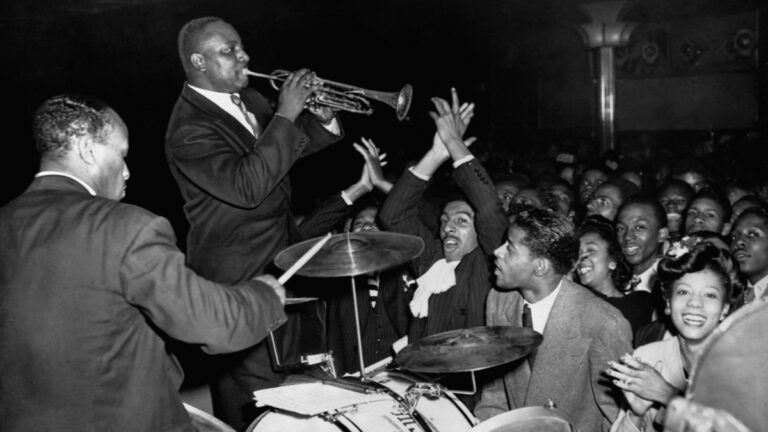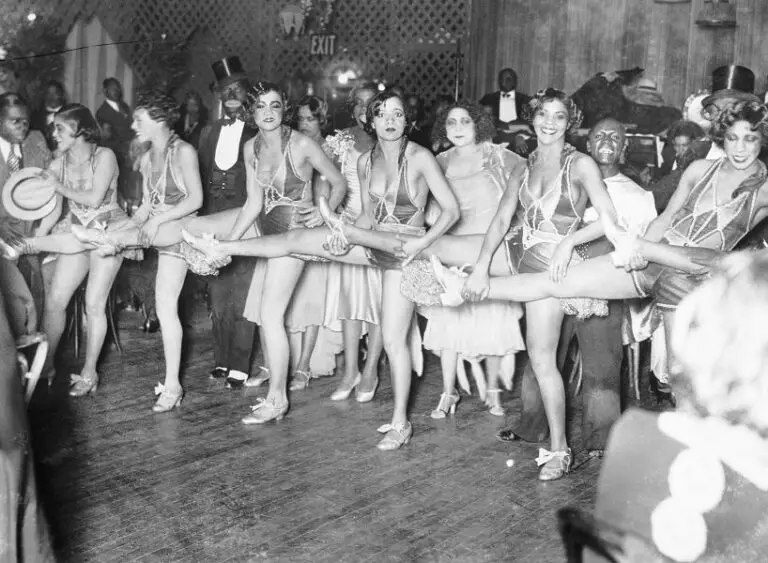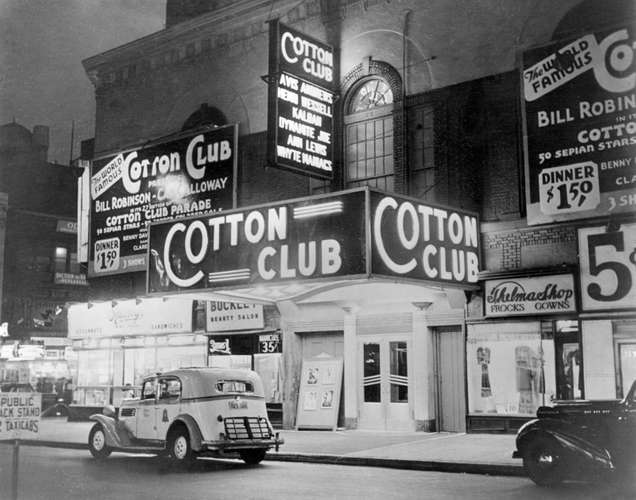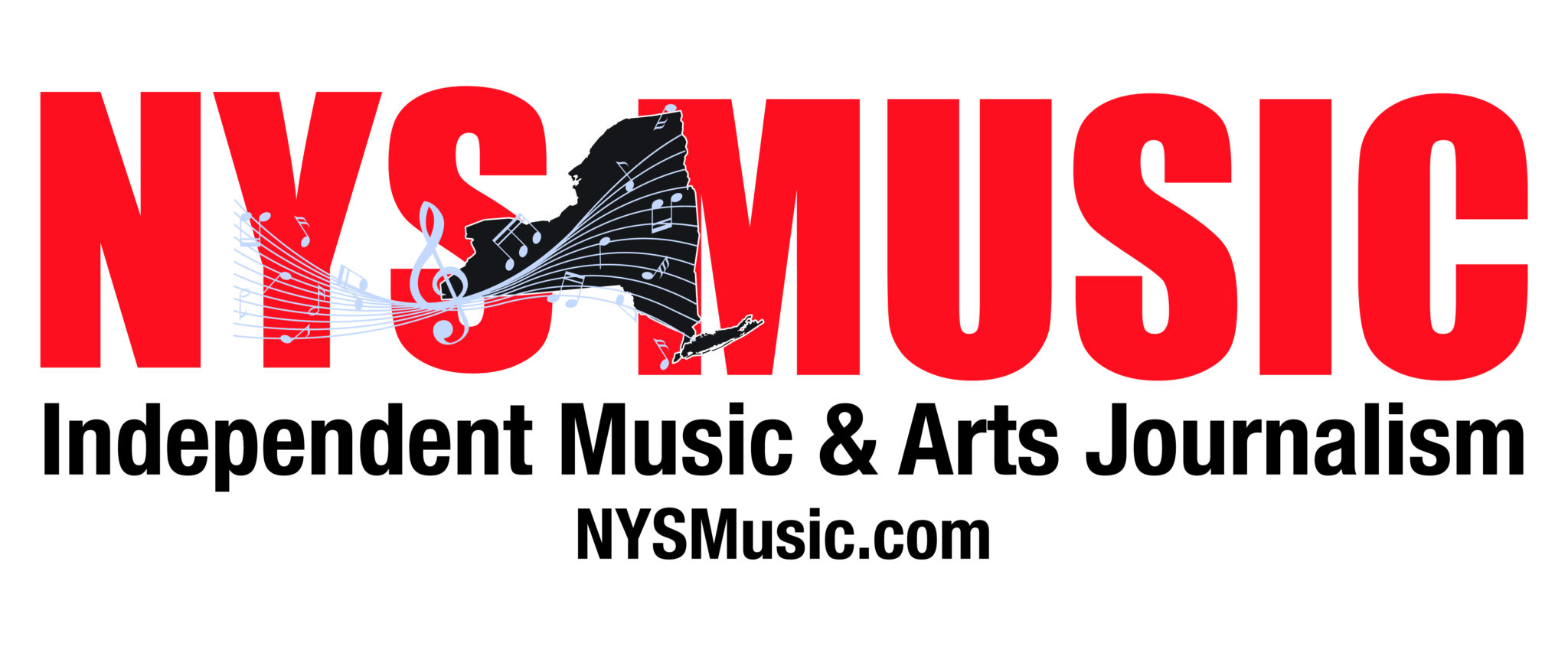At the start of the twentieth century, many Black Americans, facing racism and discrimination across the country, moved to a neighborhood in Upper Manhattan: Harlem. This neighborhood became a cultural center in the early 1900’s, fully blossoming during the 1920’s and 30’s. This period of time, the Harlem Renaissance, is seen as a watershed for the country, but especially within the arts.

The Harlem Renaissance established itself as a period of great innovation within jazz. There was a development with the piano making it more accessible for Black musicians. Innovations like this eventually because characteristic of the artists, and the music, of this period.
There were many prevalent themes in the works coming from the Renaissance. These included ideas of a “New Negro,” a person who could fight racism and stereotypes through literature, art, and music. These themes relied on the influence of slavery and the effect it had on the Black identity.

This period saw an increase in musicians, specifically Black jazz musicians. Artists like Duke Ellington, Cab Calloway, Fats Waller, Billie Holiday, and many others were able to jumpstart their careers because of the popularity of the movement.
Due to the immense popularity of many Harlem Renaissance musicians, jazz clubs began to open across Harlem. The most famous is the Cotton Club, but other venues such as the Alhambra Ballroom and Apollo Theater also became staples of the Renaissance.

When talking about the Harlem Renaissance, it is important to recognize the contributions made to literature as well as music. W.E.B. Du Bois, a prominent civil rights activist and author, published many books describing the Black experience. Others such as Langston Hughes and Zora Neale Hurston were also able to describe the experiences of Black Americans in the United States.
The widely accepted theory about the Harlem Renaissance is that it occurred because of the newly-found freedoms granted to African-Americans.
Over the next few years, NYS Music will take a look at the Harlem Renaissance, including notable musicians who brought to light the explosion of arts and music in Upper Manhattan, one century ago. Stay tuned for weekly articles taking a look at the history of the Harlem Renaissance and how the impact of the cultural awakening is still felt today.


Comments are closed.